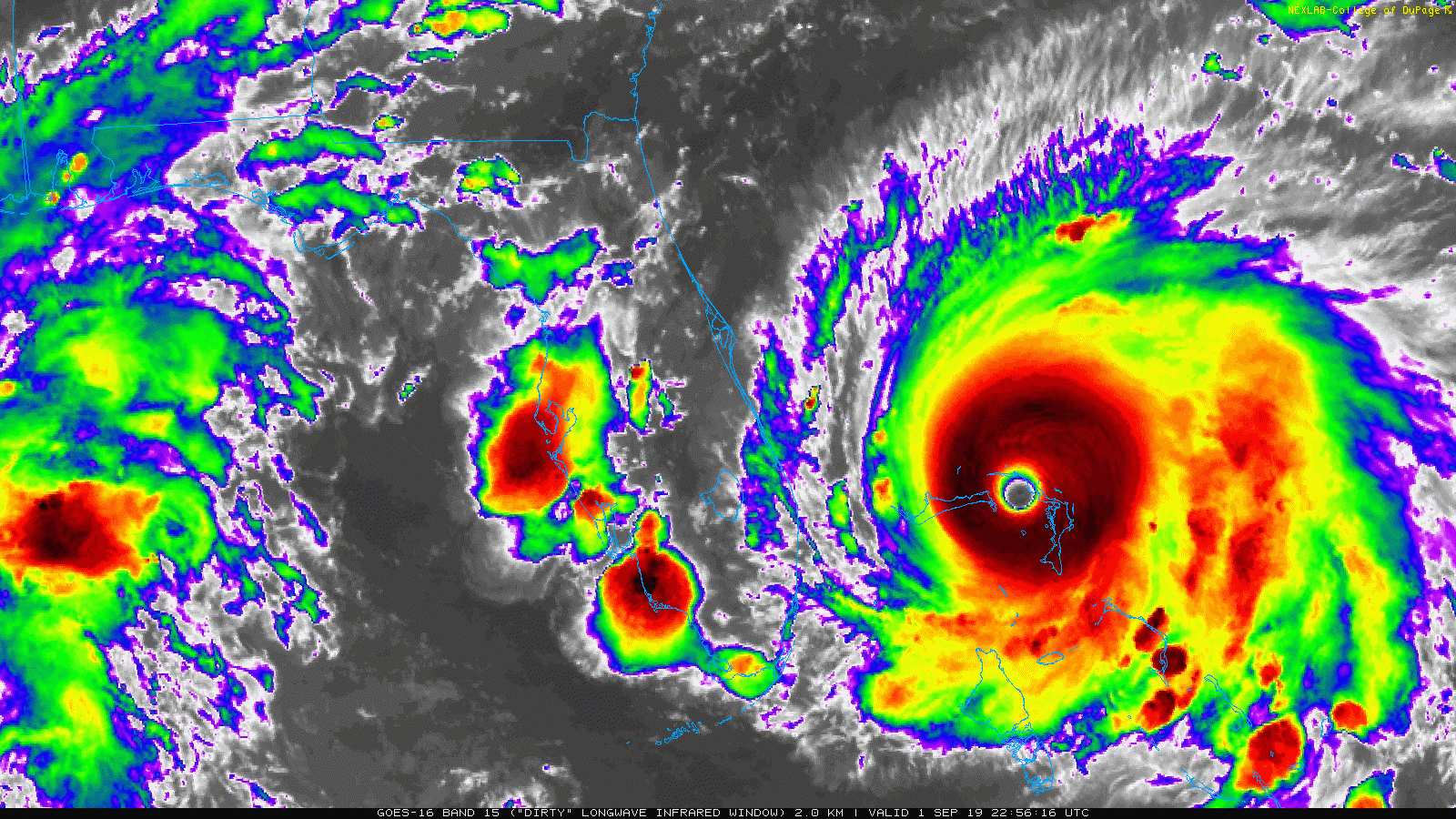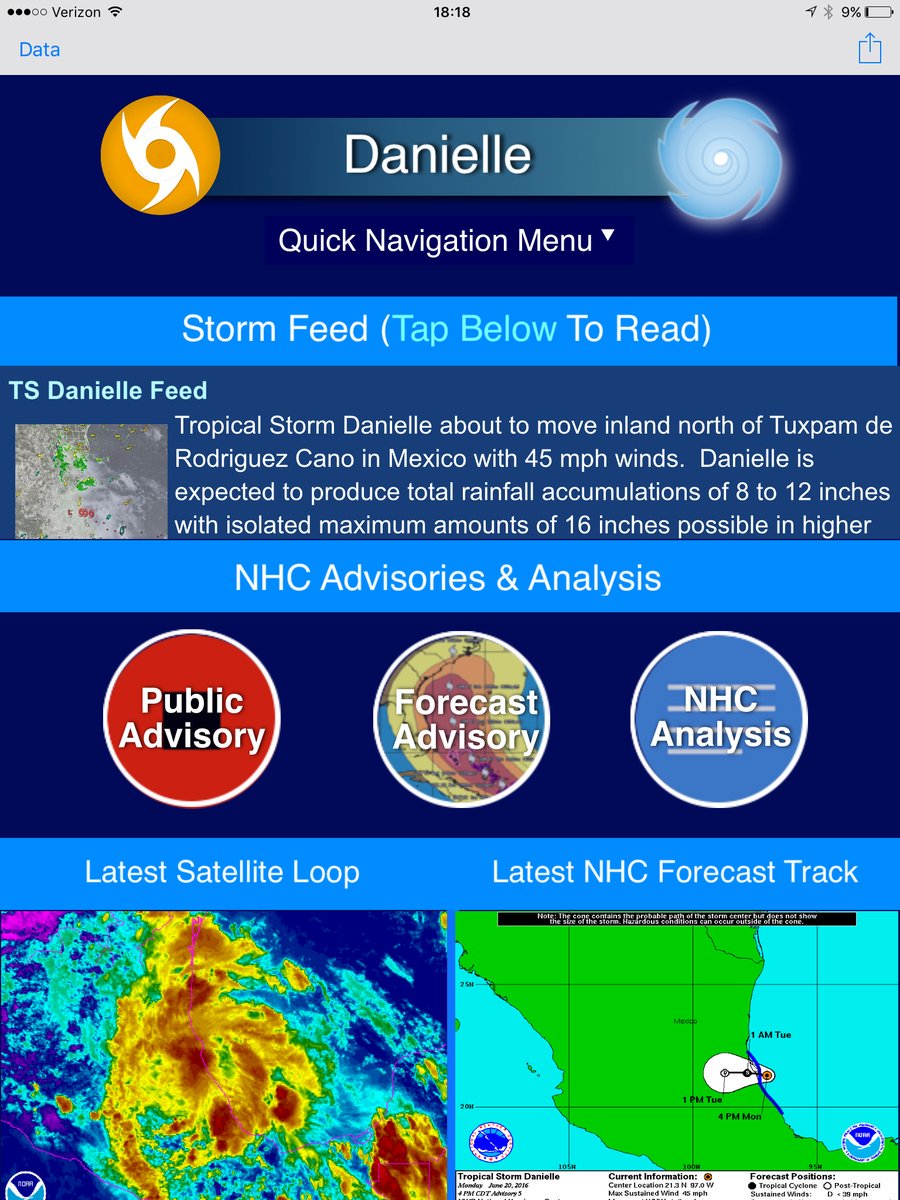

"This morning when we got up, we were looking at about 600 requests for rescue in the area - and right now we just crossed over 1,400," Burke said.ĭuring rescues, teams use mobile devices to collect data and share it with local jurisdictions.įEMA has established guidelines for collecting information about people affected by natural disasters, and some of that data is still collected on paper. The team then cross-references public data with the Social Vulnerability Index, a government resource that uses education, income, rental rates, access to healthcare, and other factors to determine the resiliency of an area. Team Rubicon's robust data collection and analysis is a sophisticated way of maintaining communications and organizing people's information in times of crises.ĭavid Burke, the vice president of programs and field operations at Team Rubicon, said his organization is compiling data from social networks and the crowdsourced map. Related: How social media is helping Houston deal with Harvey floods About 20 volunteers will be on the ground in Texas by the end of the day on Monday. The organization, created in response to the 2010 earthquake in Haiti, has a network of over 50,000 volunteers. Team Rubicon, a nonprofit that brings veterans and first responders to disaster zones, is also using the map to chart out where volunteers are most needed. The map populates with the names and locations of people who need rescuing and notes who has been rescued. The Cajun Navy has created an interactive map called "Hurricane Harvey Rescue." Those in need of help fill out a Google form and indicate their location. While rescuers use this data to help find folks who need help, groups have also developed a grassroots data effort to collect information about victims and to let people know when they're safe. Many people are also using social media to ask for assistance, including Twitter ( TWTR) and Facebook ( FB). Neighbors, out-of-state volunteers, and even reporters are rescuing stranded residents in Houston and other areas of Texas to assist overburdened first responders. The relatively unknown communication app is one tech tool groups of volunteers are using to find people in need of rescue.

Listen for a few minutes and you can understand how dire the situation is for families trapped in their homes. People can also talk to each other in private chats. Stranded victims are uploading messages asking for help, while volunteers are talking to them directly, letting them know when help is on the way.

The push-to-talk app lets users send voice messages to different channels that can be heard from anyone listening to the channel.


 0 kommentar(er)
0 kommentar(er)
